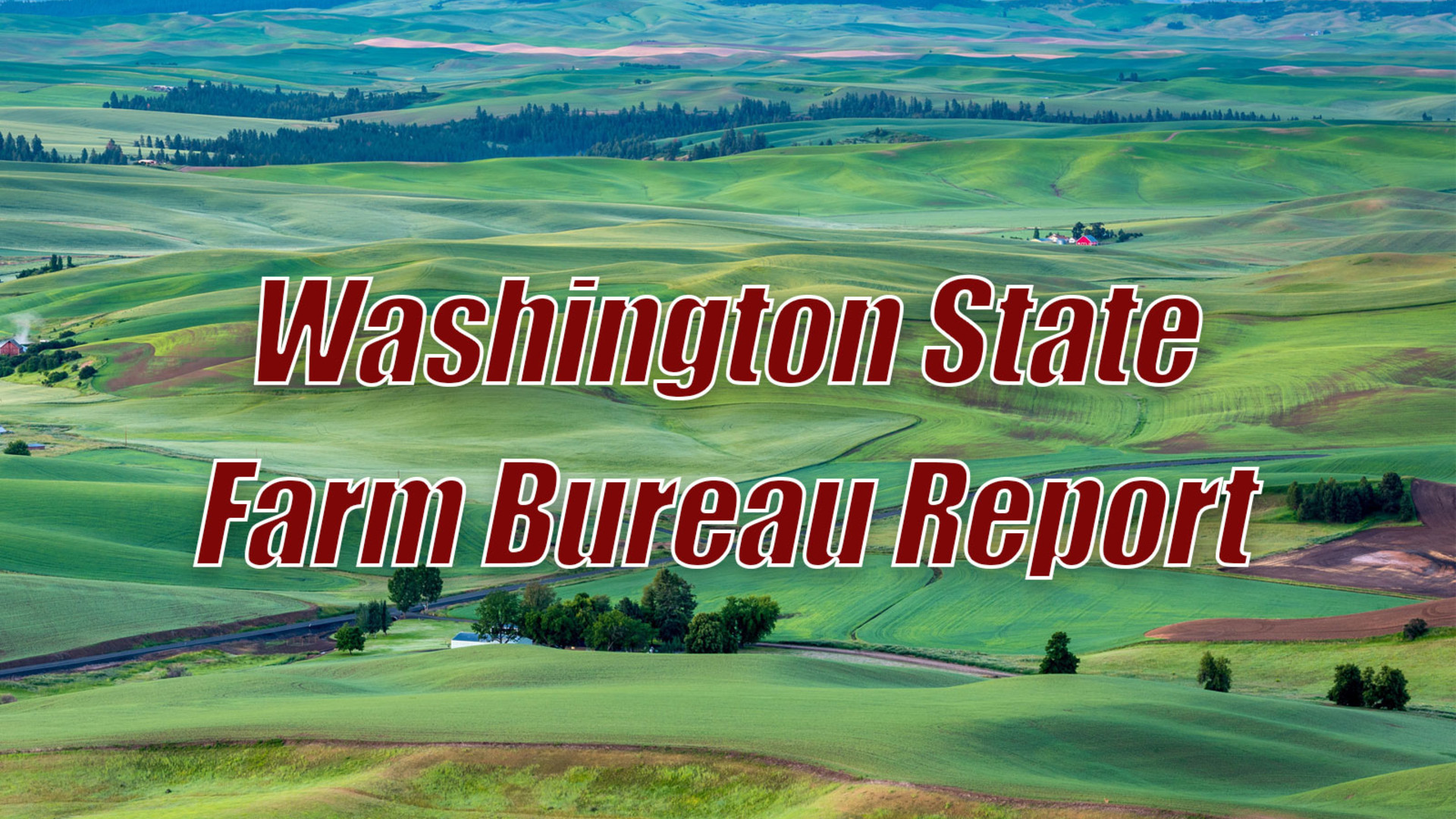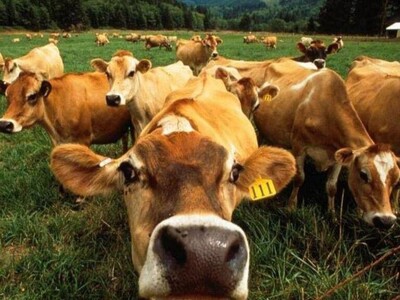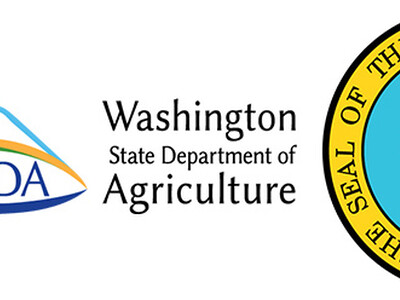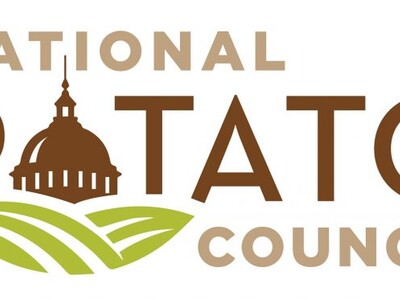Saving Washington's Mint Industry
Washington has long been the predominant peppermint producer in the United States, but because of a fungus that causes “wilt” in peppermint that status may soon change. Mark Lange, an associate professor in the WSU Institute of Biological Chemistry talks about this fungus.
LANGE: Verticillium, which is a soil borne pathogen that causes wilt - it’s a problem that’s been challenging the mint industry for many years. It’s a very devastating disease and it stays in the soil for very long time periods of time.
Because peppermint is a sterile hybrid, producing no seed, traditional breeding techniques to strengthen peppermint won’t work. So work with verticillium resistant spearmint in order to produce essential oil with the flavor strength of peppermint was begun.
LANGE: We actually don’t try to deal with the fungus directly. Those efforts turned out to be very challenging. We’ve moved away from trying to improve peppermint since we cannot do traditional breeding, we are essentially now inserting genes that we hope will allow us to modify the oil of this spearmint variety so its oil will become like a peppermint oil.
Regulatory steps will have to be taken before these transgenic plants can be grown, but there are advantages in this area when working with mint.
LANGE: With mint, which doesn’t produce viable pollen, it essentially stays within the field where a transgenic mint would be grown. Another advantage, in the case of mint - the mint is harvested, it’s essentially distilled immediately and the distilled oil does not contain any genetic material.
I’m Lacy Gray and that’s Washington Ag Today on the Northwest Ag Information Network.


















